3 Benefits of Roundwood Timber Framing
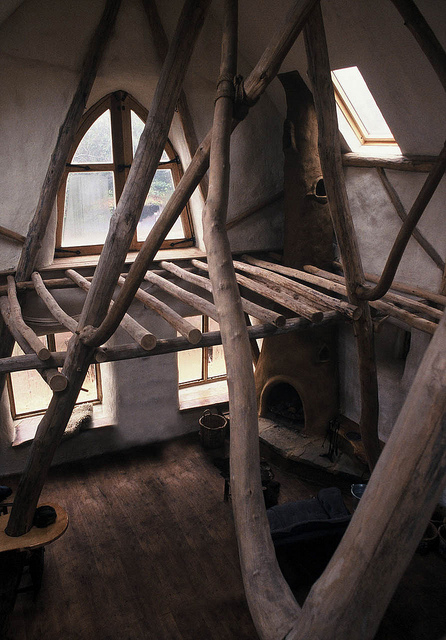
As if it really needed specific mention, wood is a truly precious building resource. Finding new ways to preserve this resource, to be frugal with its use, but to still take advantage of the excellent properties of wood in our home building is a great concern.
The use of timbers in building has a long and varied history, and there is growing interest in timber frame home construction — the use of large posts and beams, with traditional wood joinery, and without the use of metal fasteners.
Roundwood timber framing uses whole poles, or whole trees for posts, beams, and other framing members. There are a number of advantages to this construction approach, versus the alternative option of milling and squaring timbers for a similar frame. Let’s look at a few of the benefits of the employing the roundwood method, whether it be for a tiny house, or a larger project.
Benefits of Roundwood Timber Framing
Roundwood timber framing uses whole trees
In typical timber frame construction, trees are milled down to square dimensions — 6×8, 8×8, 8×10, etc. Quite obviously, the original tree needs to be larger than the final post or beam, resulting in some waste of the material. To be able to produce larger dimension or longer timbers, older and straighter trees are necessary. As we know, these older and straighter trees can be difficult to find in certain areas.
However, if using the roundwood timber framing method, the tree can be used in its entirety. That means no milling (saving energy in the sawing process), and less waste as a result. Using roundwood is a more frugal alternative, and helps to preserve older and taller trees in the forest.
Materials can be grown more readily
Trees are slow growing, especially many hardwoods, and it could be decades before a tree is considered a useful timber. Once that tree is cut, it’s gone.
However, Ben Law has pioneered a cutting edge (no pun intended) approach to growing and cultivating trees specifically for roundwood timber frame construction, creating forests that can continually sprout back new material for future projects. Rengenerative coppice forestry promotes the growth of strong, quick growing trees that once coppiced (or cut at a certain time of year), can send shoots back and continue to grow new poles. Black locust is a good example of the type of tree suitable for the purpose — easily coppicable, quick growing, yet incredibly tough — a perfect wood for building.
Using coppicing techniques, one could sustainably cultivate materials for building on the same land for long periods of time, without simply cutting down a host of trees and denuding the land.
Roundwood — strong and beautiful
Roundwood is tough stuff — using whole trees leaves the grain intact, resulting in stronger posts, and a long-lasting frame. It also opens up the door to beautiful creative opportunities. Exposed roundwood timber frames are gorgeous, enrich a living space, and provides ample opportunity to get more creative with living spaces.
We’re all familiar with the flat wall syndrome prevalent in modern construction — sharp corners, flat wall surfaces, and a lack of texture. There is nothing more natural or organic that whole poles, and leaving these timbers exposed in the home is inspiring and connects us more fully to the land.
Learn Roundwood Timber Framing
There are new opportunities to learn about timber framing, and roundwood timber framing this year. The Year of Mud is hosting a timber frame workshop at Dancing Rabbit Ecovillage in Missouri that will teach roundwood timber framing methods as part of the curriculum. The host site will be a small house, and students will learn all about the benefits of roundwood and timber frame building, using traditional hand tools. It will be a great chance to get hands-on experience.
This was a guest post from Brian (Ziggy) Liloia.

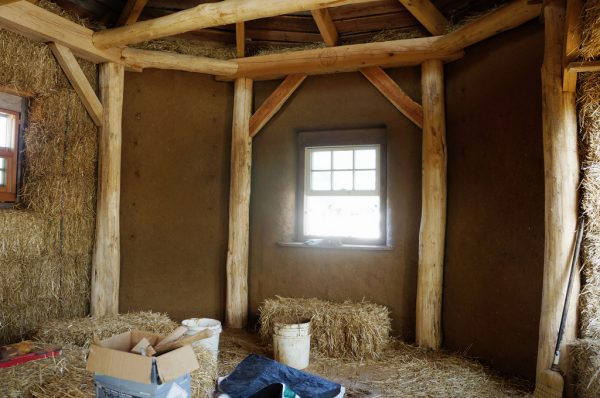
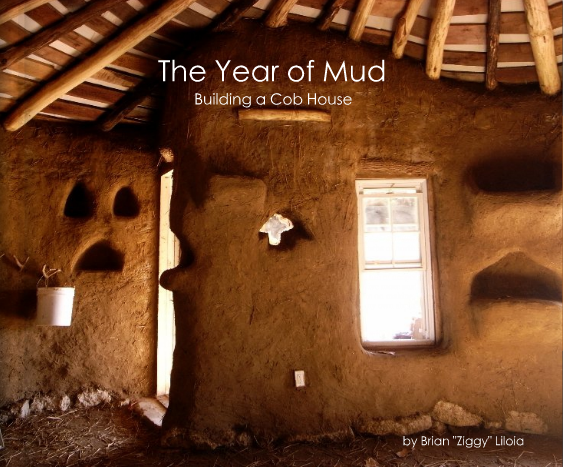
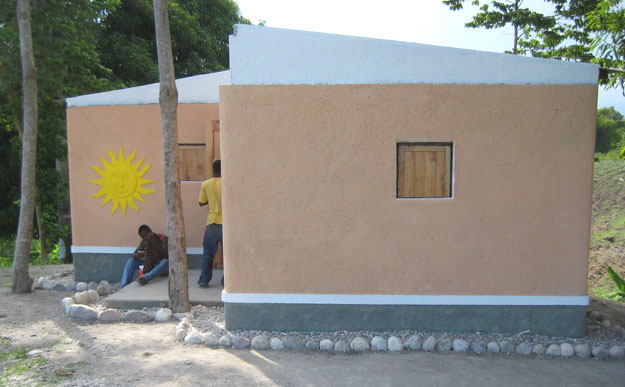
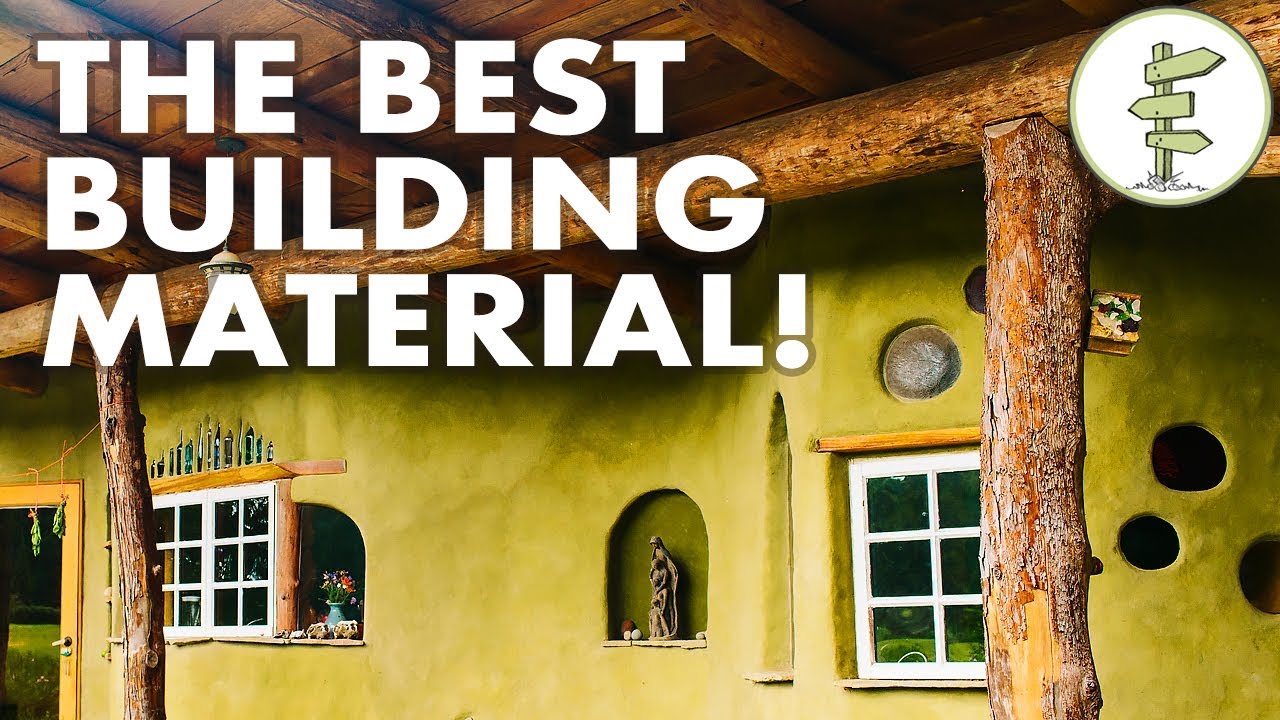
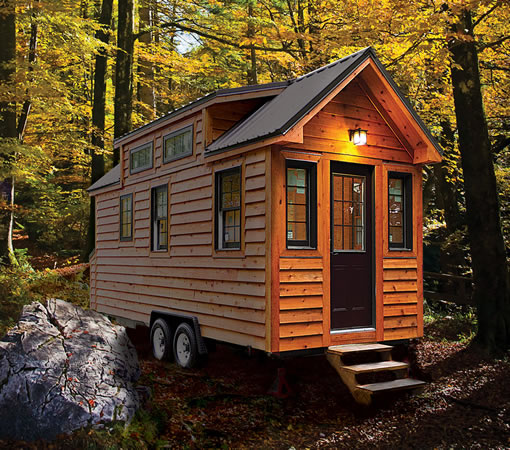
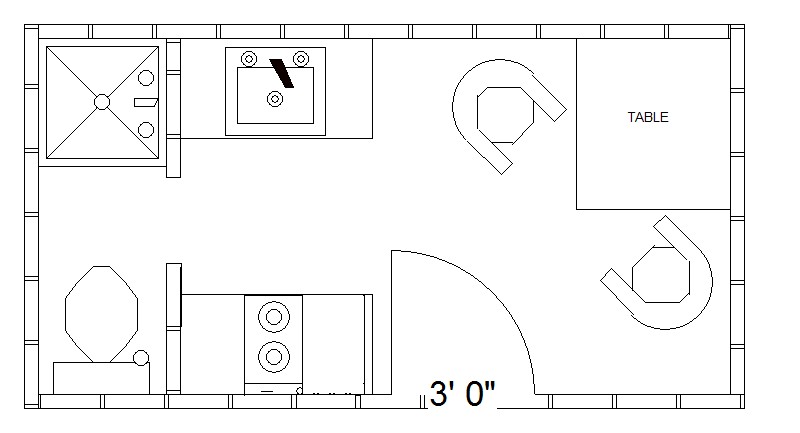
Ben Law did not pioneer coppice forestry, it’s been around for 1000’s of years. What Ben Law did was to reconsider the use of coppiced trees for roundwood timber framing (in addition to the myriad of other uses for coppiced wood such as baskets, firewood, fencing, hurdles, etc)
In any case, all 3 points are valid reasons to consider roundwood timber framing, whether the sourced timber is coppiced or not.
Steve: True words. Hopefully my wording did not suggest he “invented” coppicing per say, but has applied it to harvesting trees specific for timber framing, like you mention.
“That means no milling (saving energy in the sawing process), and less waste as a result.”
The term waste doesn’t really apply to sawmilling. Every by-product created (bark, sawdust and chips) is utilized in paper, energy, particleboard, MDF, OSB etc. There is no argument though that using roundwood uses less energy than lumber.
My brother is looking to reframe his home. It was cool to learn that timber framing is strong and beautiful. I hope that sharing this article with my brother can help to reframe his home a lot better.
I thought it was interesting that you mentioned how using wood leads to a stronger post. My brother is looking to build a home and wants to use wall frames. I’ll be sure to talk to him about using timber wall frames since wood is so strong.